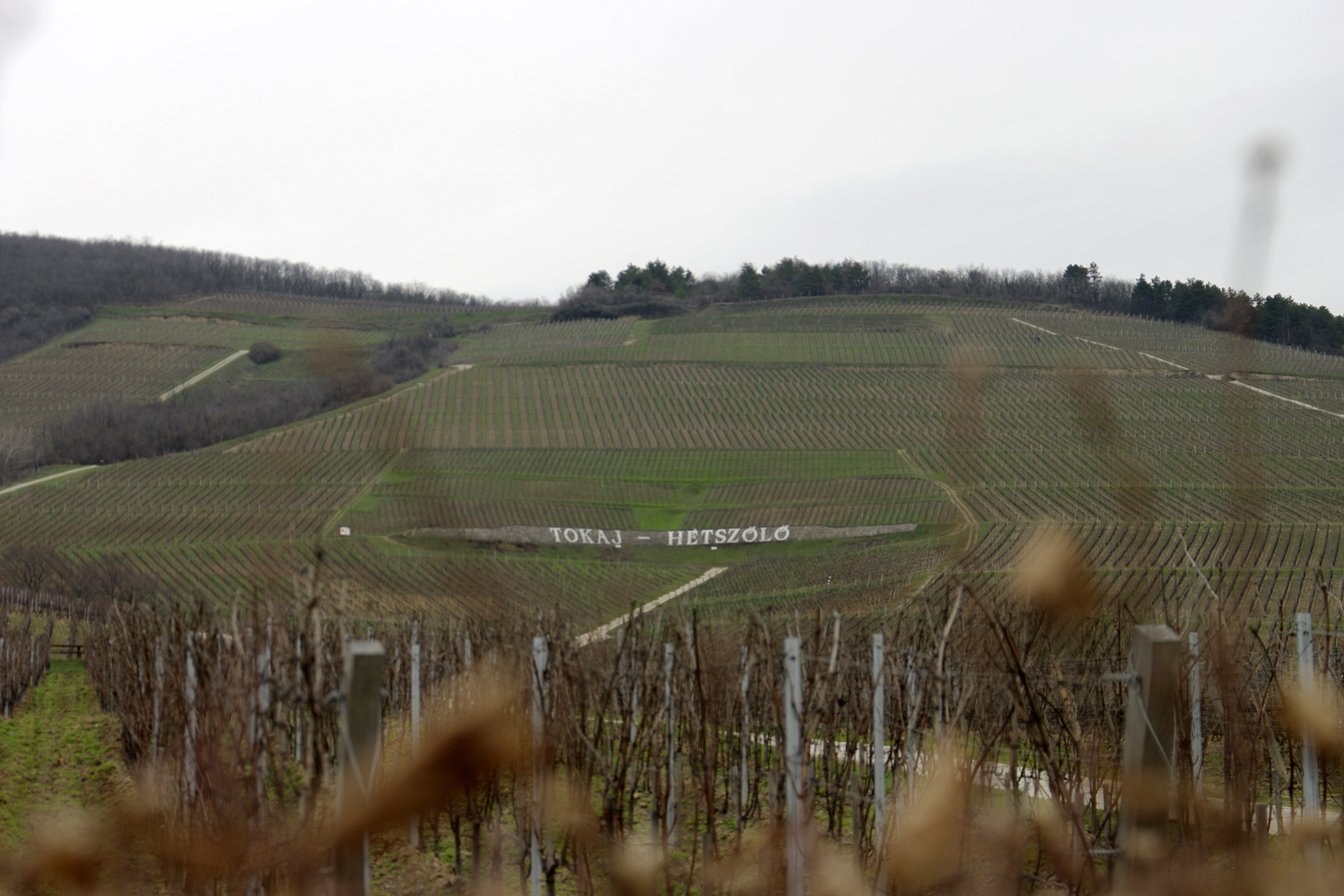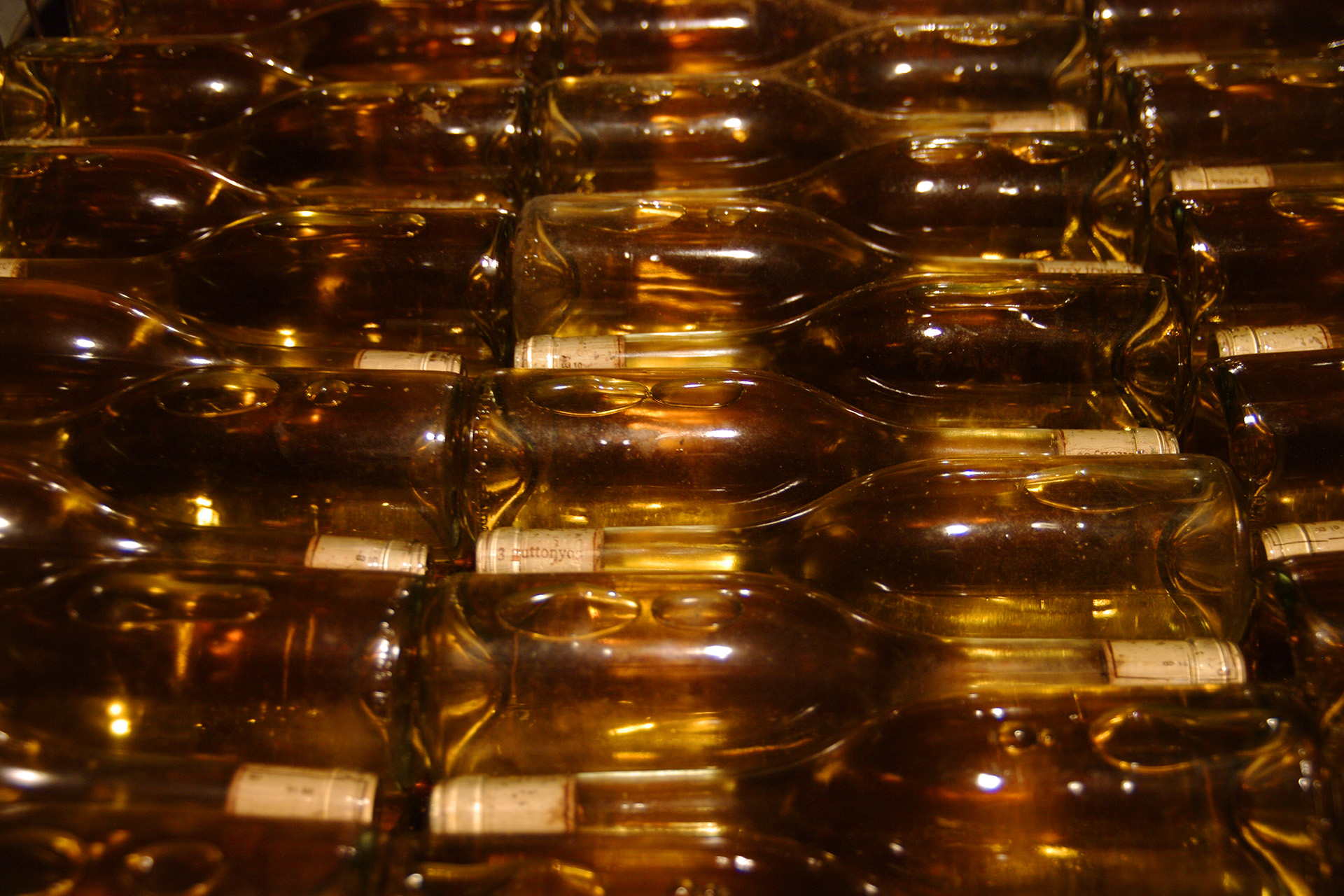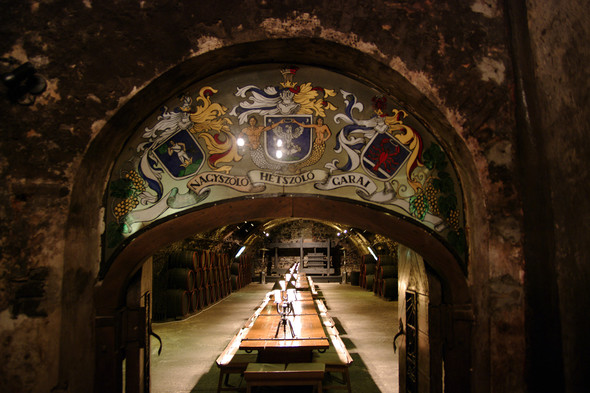Picking botrytised berries for aszú is truly a skilled task. Hétszőlő winery ensures the continuation of this skill in the wine region by allocating a family a parcel of vines to take care of during the year. The family takes responsibility for the manual work on this parcel, which includes picking the aszú berries at harvest time. The younger generation return to the area for the harvest and thus are trained to do this skilled task. This not only ensures the expert picking of the precious berries, but also helps to keep families in the area.
Hétszőlő winery has five-hundred years of viticultural history. It has been owned by princes and the Habsburg imperial family. The historic Rakoczi Pince with its 1-km-long, winding cellar right in the centre of Tokaj was previously the production centre for the estate and was designed in such a way that carts could drive right into the cellar to deliver the grapes. During the revolutionary times of the sixteenth century, János Szapolyai was secretly crowned King of Hungary here. It was a representative place even during the Socialist era and was used right up to the early nineties. Now it rather houses the shop, tasting room and the lofty, atmospheric cellar hosts tastings and other events.

The production centre for the winery now lies below the vines of the historic first class vineyards Hétszőlő and Nagyszőlő. The ageing cellar stretching under the vines was built by hand around the turn of the century and is already developing a good layer of the characteristic black Tokaj cellar mould. We pass some demijohns of liquid gold, juice from some aszú berries which were never fermented, the sugar content was simply too high – 750g per litre!
Hétszőlő incidentally is thus named as it comprises the seven best parcels of land in the region, ‘hét’ being Hungarian for seven, selected by the Garai family when originally creating the estate. The Hétszőlő vineyard is warmer and the bedrock is covered with a thick layer of loess and has therefore always produced a lot of aszú berries, making it especially prestigious, as of course, the aim is to produce as much aszú as possible in good years, such as 2013. If the conditions are not right, then more late harvest or szamorodni wine is produced.

The Socialists unfortunately didn’t show as much respect for these historic vineyards as they were impossible to mechanise, so they moved the vineyards down to the plain which the tractors were able to work more easily and left the prestigious vineyards to convert to scrub land. Fortunately, after the system change, the vineyards were replanted and also converted gradually to organic viticulture. Only cumin seed oil, orange oil, nettle tea and some sulphur and copper are used in the vineyards, which have been certified organic since 2016, and of course all the grapes are picked by hand. The dry wines will soon also be labelled organic, but whether labelling aszú wines as organic would bring any additional benefit has yet to be decided.
So, we can once again enjoy the natural, luscious wines that the Habsburg emperors also enjoyed in centuries past as well as the new wave of dry Tokaj wines.






